MAC Disk Cleanup: Ultimate Guide
- Home
- Support
- Tips Data Recovery
- MAC Disk Cleanup: Ultimate Guide
Summary
Learn how to clear up disk space on your Mac computer and recover deleted files using our comprehensive guide. Effortlessly optimize your Mac's performance and storage.
Table of contents
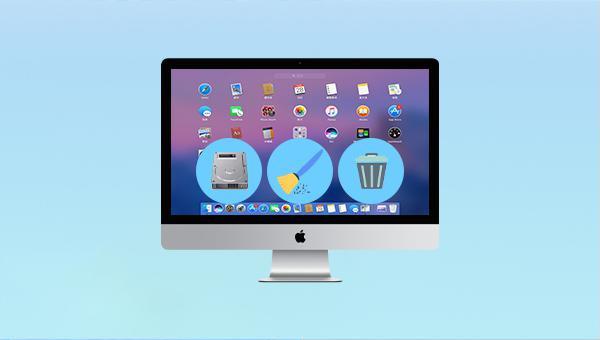
"Macintosh HD" within the Finder’s sidebar, and then select "Get Info" from the context menu.Move to Trash” or dragging them to the trash icon.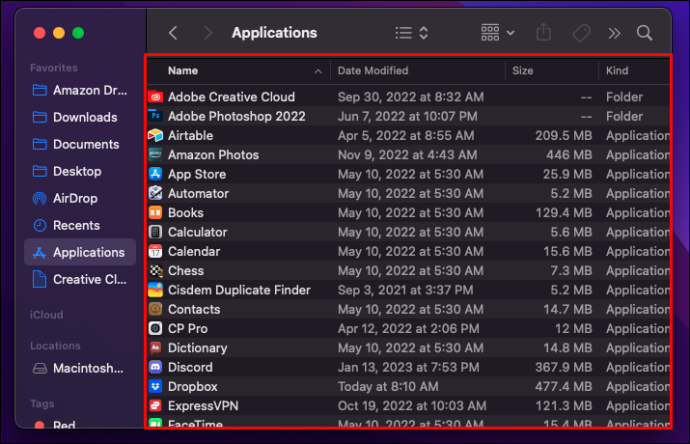
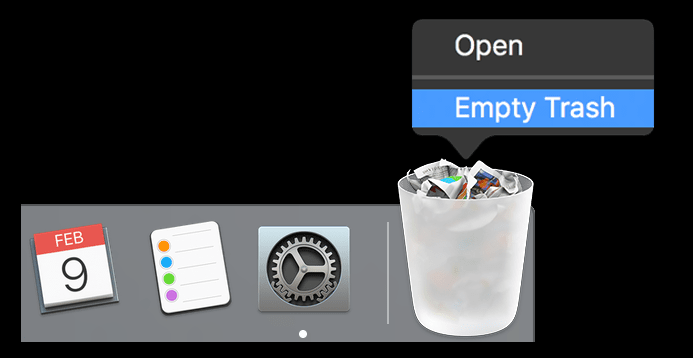
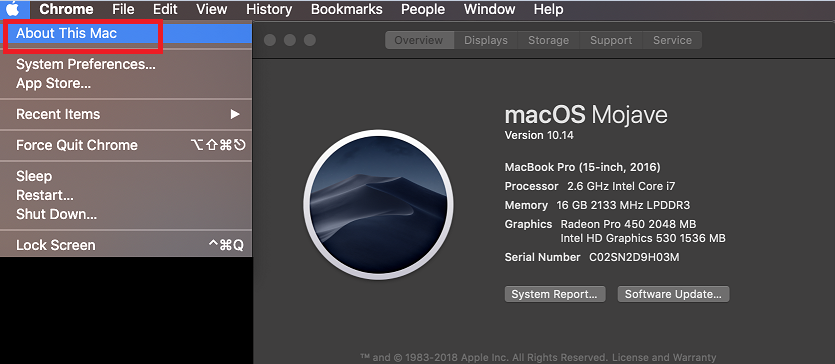
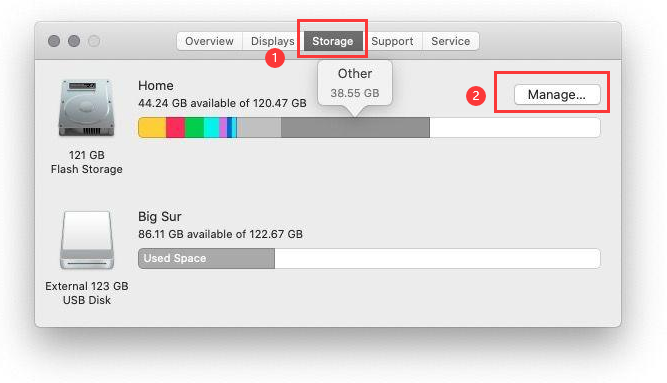
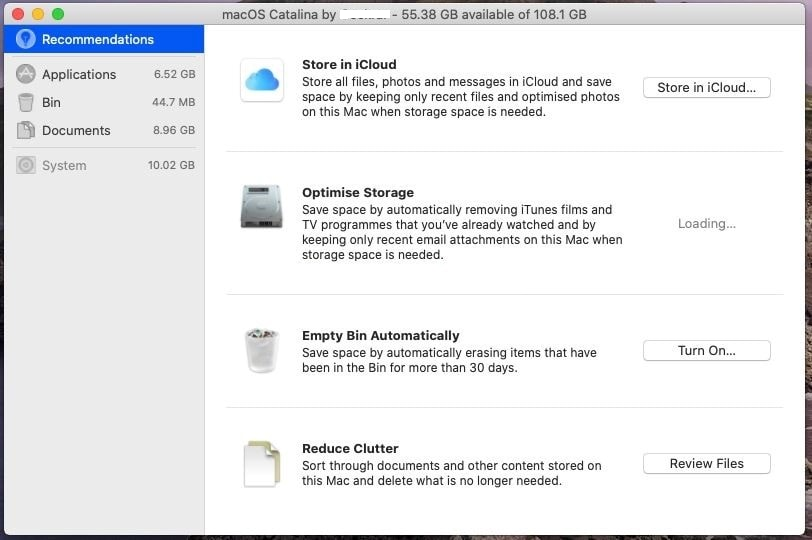
.dmg extension. Then, simply drag and drop the unnecessary DMG files to the Trash to remove them.'en' for English, 'zh' for Chinese, 'fr' for French, and so on. To free up space, eliminate the unnecessary language files by transferring them to the Trash. Apply this method across different applications to discard any extraneous language data.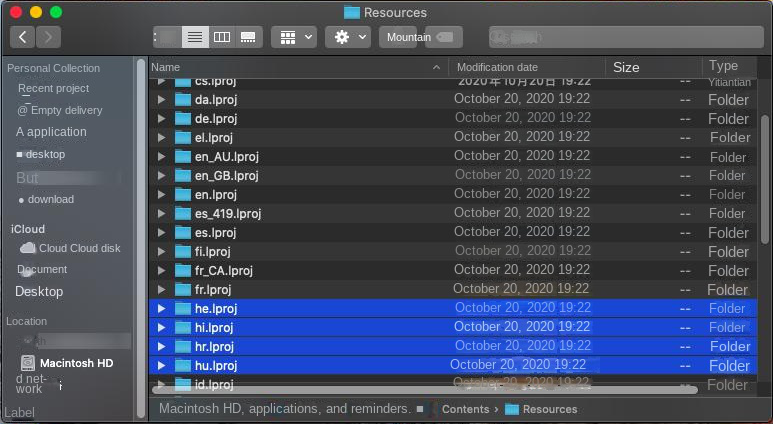

Easy to use Recover data by 3 steps;
Multiple scan modes Fast partition scan, whole partition scan and whole disk scan;
Supported file types Image, video, audio, text, email and so on;
Image creation Create a partition image to read and back up data;
Supported devices SD card, SDHC, SDXC, USB flash drive, hard disk and computer.
Easy to use Recover data by 3 steps;
Multiple scan modes Fast partition/whole partition/whole disk scan;
Supported devices SD card/USB/hard disk.
Free TrialFree TrialFree Trial 800 people have downloaded!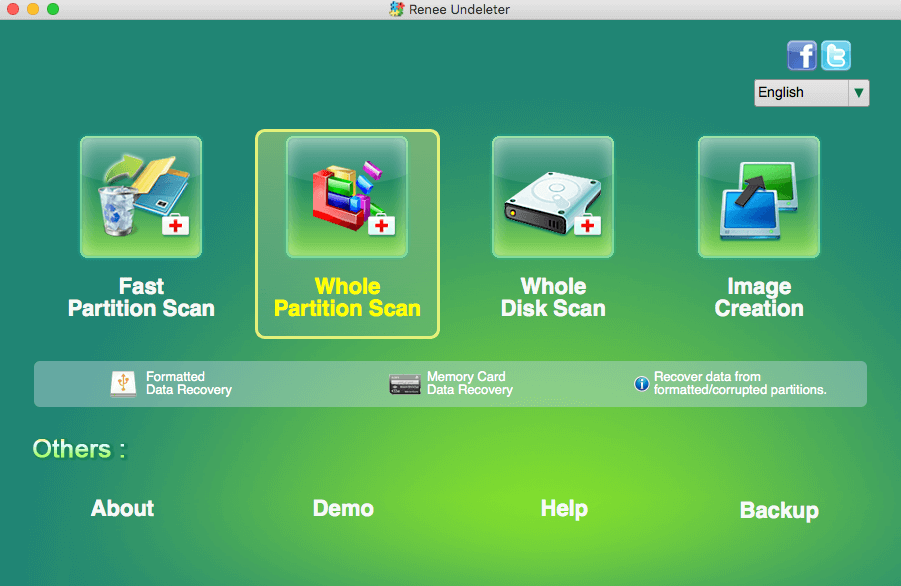
- Fast Partition Scan: Rapidly recovers files deleted accidentally or from an emptied
Recycle Bin.
- Whole Partition Scan: Restores files from inaccessible or formatted partitions.
- Whole Disk Scan: Analyzes partition data for a comprehensive scan.
- Image Creation: Generates a partition mirror to preserve its current state.
csrutil disable in Recovery Mode, use the data recovery software, and then ensure you re-enable SIP with csrutil enable once complete. For detailed instructions on how to manage SIP, visit this guide.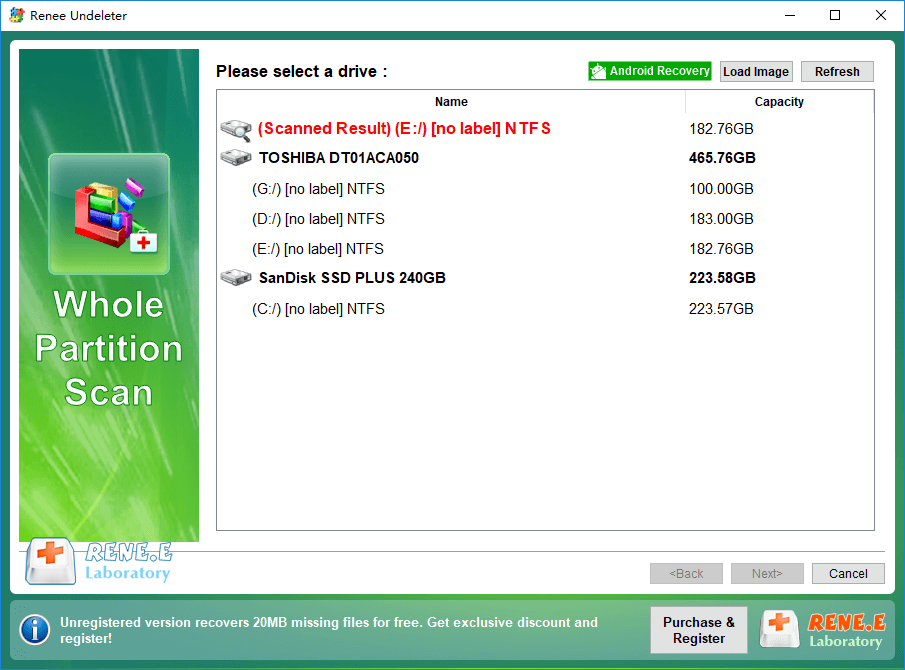

Relate Links :
SATA Interface Hard Drive: Data Recovery Guide
26-05-2024
John Weaver : Dive into the specifics of SATA hard drives. Explore proficient strategies for data recovery from seemingly lost or...
Seagate External Hard Drive Data Recovery: Find Your Lost Files Easily
01-03-2024
Ashley S. Miller : Seagate, a renowned hard drive manufacturer, offers beloved mobile hard drives. If you encounter data loss on a...
Top Data Recovery Software for Hard Drives
07-06-2024
Jennifer Thatcher : Discover top hard drive data recovery software tailored to various needs, preventing data loss and restoring deleted files...
Hard Drive Data Recovery on Mac: Recommended Solutions
24-04-2024
John Weaver : Learn effective solutions for Mac hard drive recovery from accidental deletions, disk failures, or disruptions in our comprehensive...




